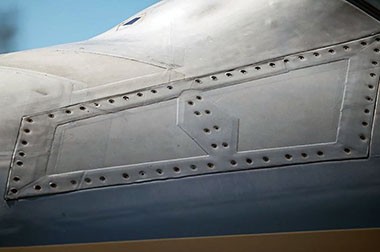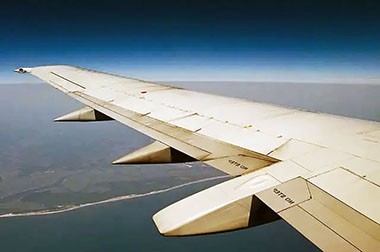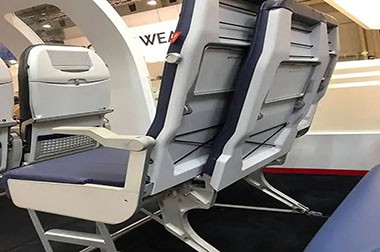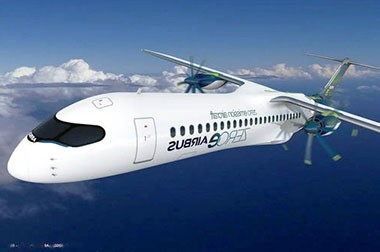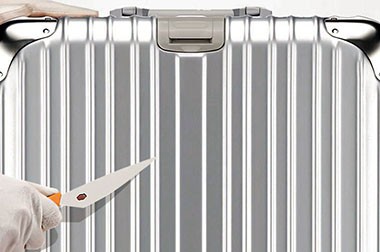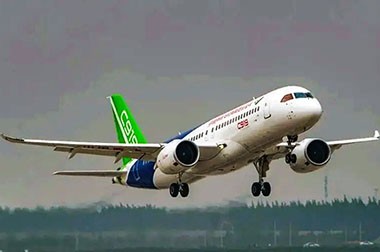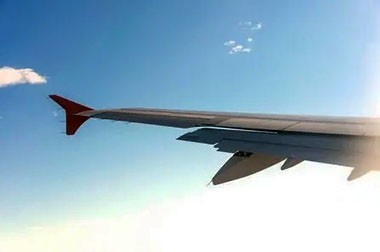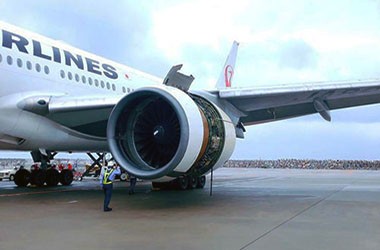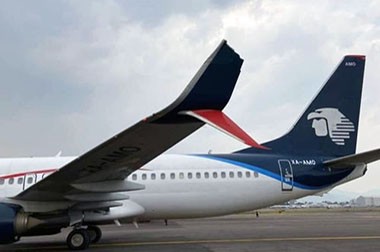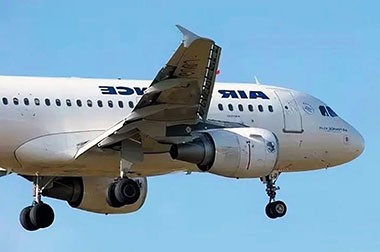How to Choose the Right Thickness for Aircraft Aluminum Sheets
Choosing the appropriate thickness of aircraft aluminum sheet is a critical step in the design and manufacturing process. The thickness of the aluminum sheet directly affects the structural strength, weight, cost, and performance of the aircraft.
Aircraft Aluminum Sheet Thickness Selection Considerations
- 1. Application Scenario: Select the appropriate thickness based on the specific application area of the aluminum sheet (such as fuselage, wings, control surfaces) and functional requirements. For example, wings and fuselage typically require higher strength, which may demand thicker aluminum sheets.
- 2. Load Requirements: Assess the loads the aircraft may encounter during flight, including static and dynamic loads. Structural analysis calculations can help determine the required sheet thickness.
- 3. Material Performance: Different types of aluminum alloys have varying strength and stiffness properties. High-strength alloys (such as 7075, 7050) can meet strength requirements at thinner thicknesses, while medium-strength alloys (such as 6061, 2024) may need thicker material to achieve the same strength.
- 4. Structural Design: The structural design of the aircraft (such as frames, skins, supports) influences the required thickness. For example, wing skins often require thinner sheets to reduce weight, while the fuselage frame may need thicker sheets for sufficient strength.
- 5. Weight Considerations: Reducing weight is a key goal in aircraft design to improve fuel efficiency and payload capacity. When choosing the aluminum sheet thickness, it’s essential to balance strength and weight, avoiding unnecessary weight from overuse of material.
- 6. Manufacturing Cost and Feasibility: Consider how thickness affects manufacturing cost and processing difficulty. Choose a thickness that balances performance with cost.
How Aircraft Aluminum Sheet Thickness Affects Performance
The thickness of aircraft aluminum sheets directly affects performance in the following ways:
- 1. Structural Strength: Thickness significantly impacts the overall strength and stiffness of the aircraft. Thicker sheets can withstand higher loads and impacts, providing better structural integrity, especially in critical areas like the wings and fuselage.
- 2. Weight: Increasing thickness adds weight, which is crucial in aviation, where the design aims to minimize weight for improved fuel efficiency and payload capacity. Therefore, finding a balance between strength and weight is vital in aircraft design.
- 3. Fatigue Life: The thickness of the aluminum sheet is also related to its fatigue performance. Thicker sheets usually have better fatigue durability, resisting fatigue cracks from repeated load cycles, thus extending the aircraft’s service life.
- 4. Heat Treatment and Machinability: Thickness affects the heat treatment and machining characteristics of aluminum sheets. Thicker sheets may require higher temperatures and pressures during processing, placing higher demands on manufacturing techniques.
Relationship Between Aluminum Sheet Thickness and Aircraft Durability
- 1. Corrosion Resistance: Thicker sheets, when protected by corrosion-resistant coatings, generally offer longer service life. Although aluminum itself has good corrosion resistance, increased thickness helps slow down coating wear and reduces structural damage from corrosion.
- 2. Fatigue Performance: Thicker aluminum sheets tend to have better fatigue performance because they maintain structural integrity better under multiple load cycles. This means that thickness can directly affect the aircraft’s durability, especially in high-load operational environments.
- 3. Repair and Maintenance: During repairs, thicker aluminum sheets provide more material to work with, making it easier to fix and handle damage, thus extending the aircraft’s service life.
- 4. Crack Propagation: Thicker sheets perform better in resisting crack propagation, as crack growth generally requires energy and time. Increased thickness effectively slows down crack expansion, improving the aircraft’s durability.

